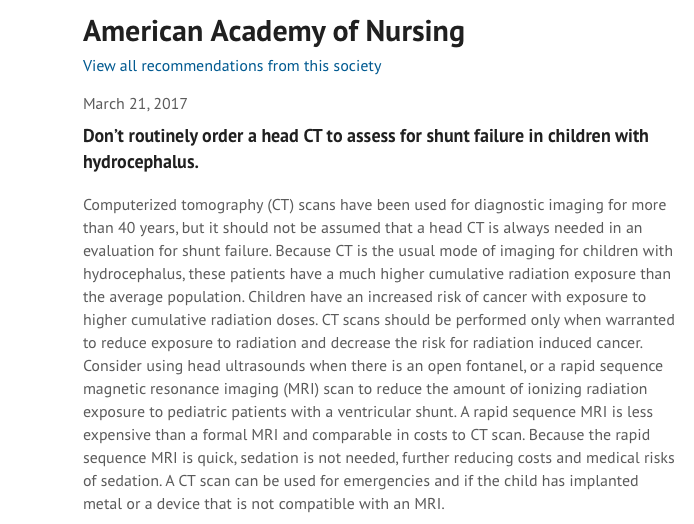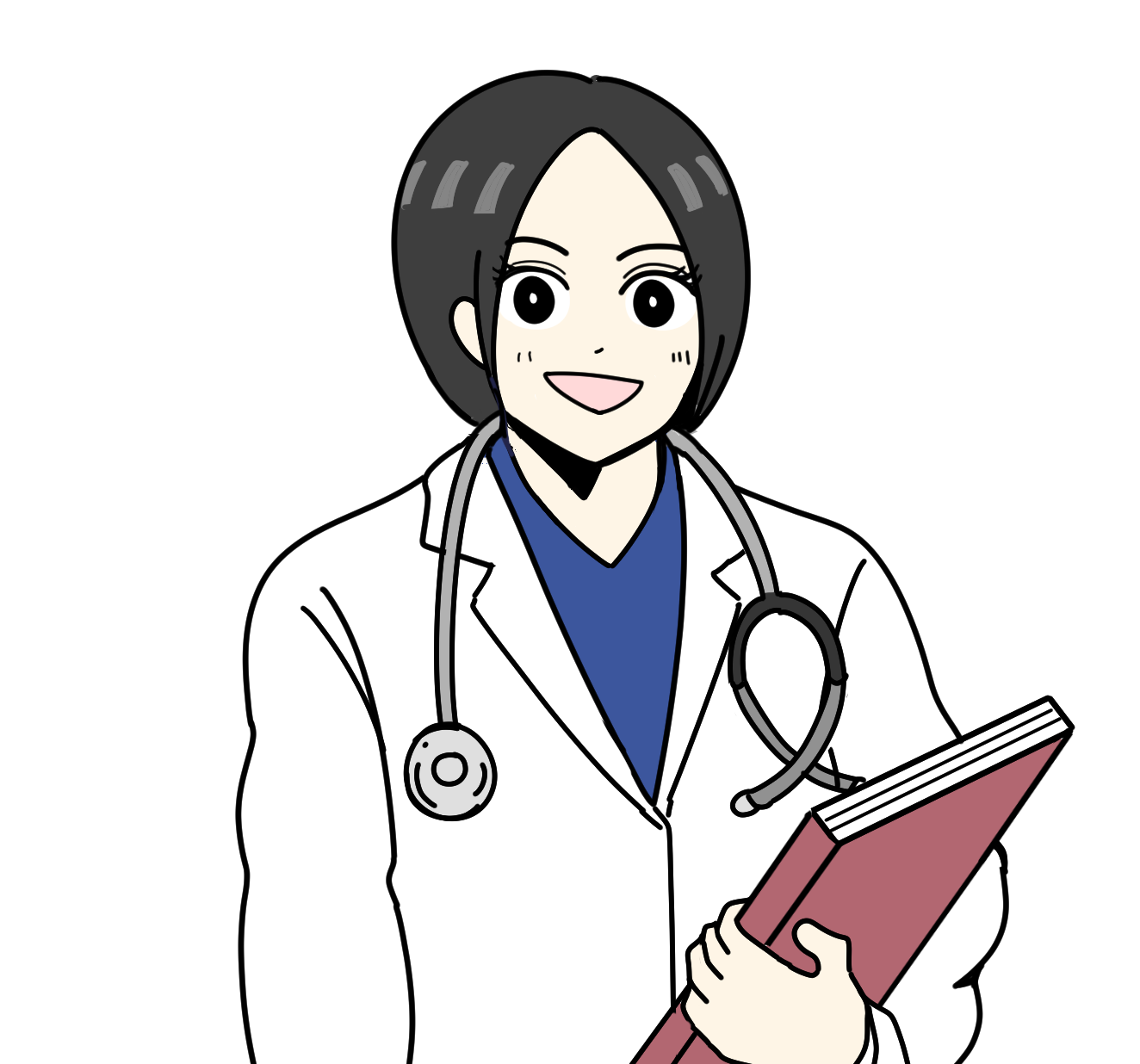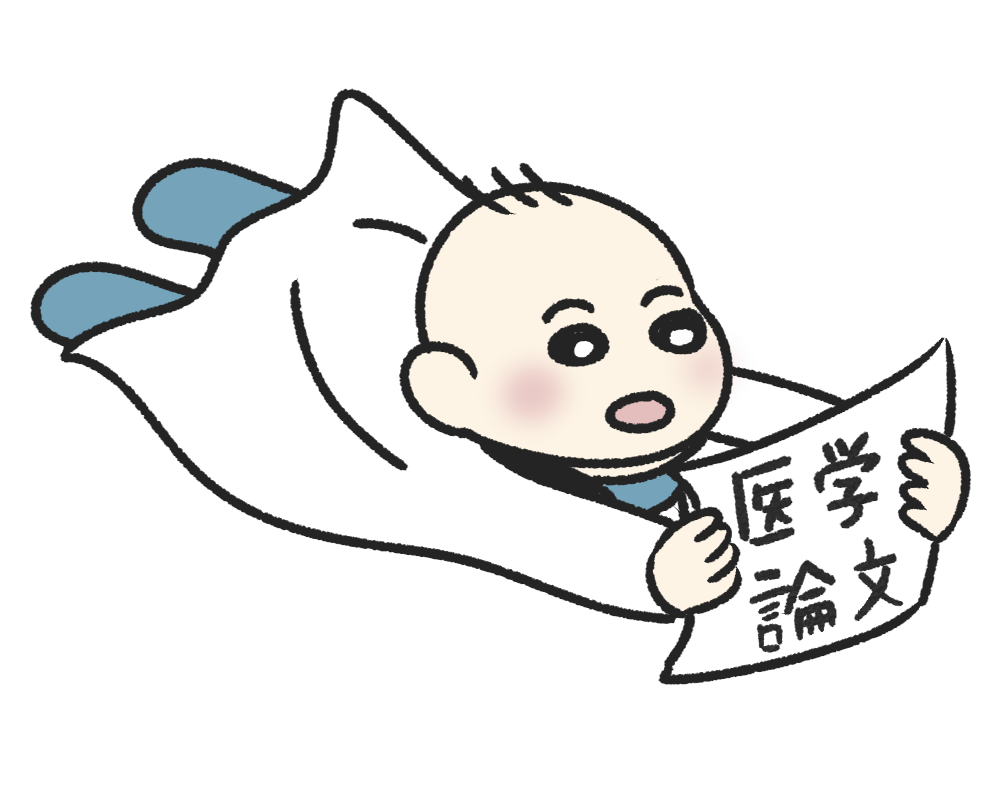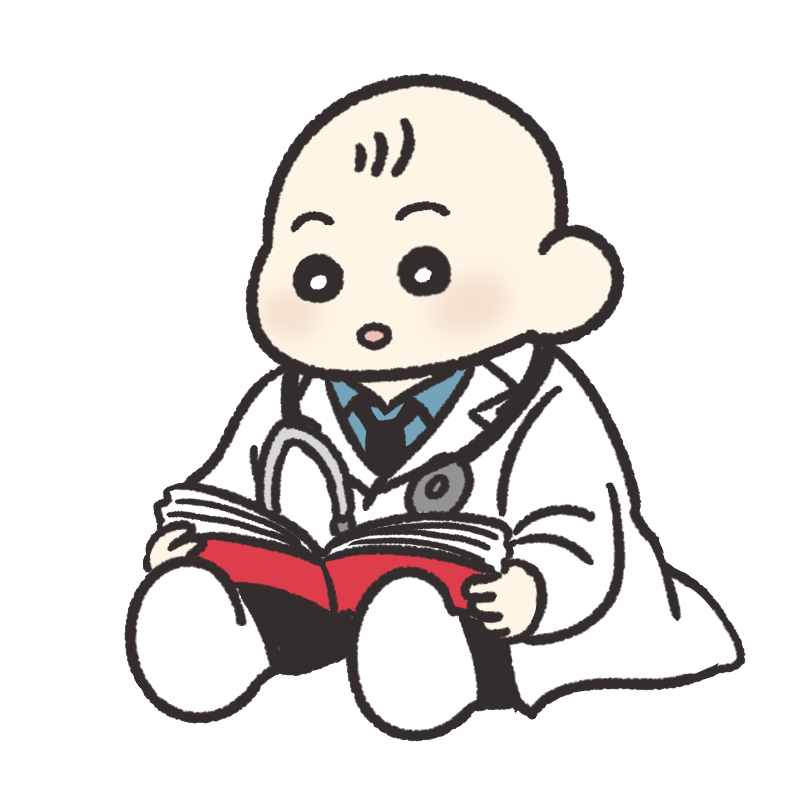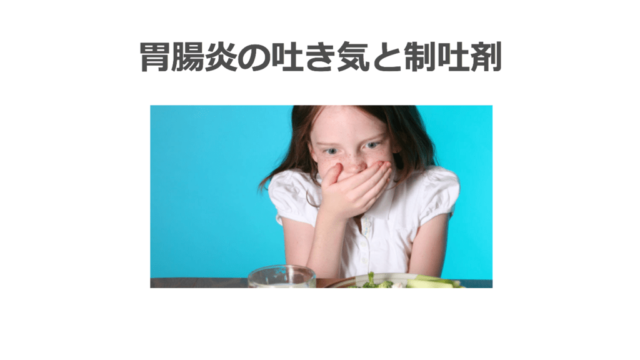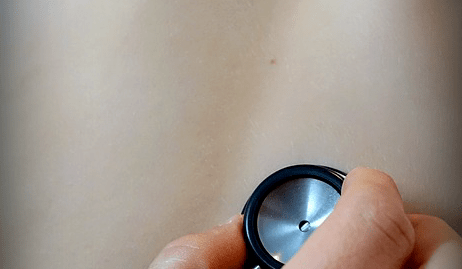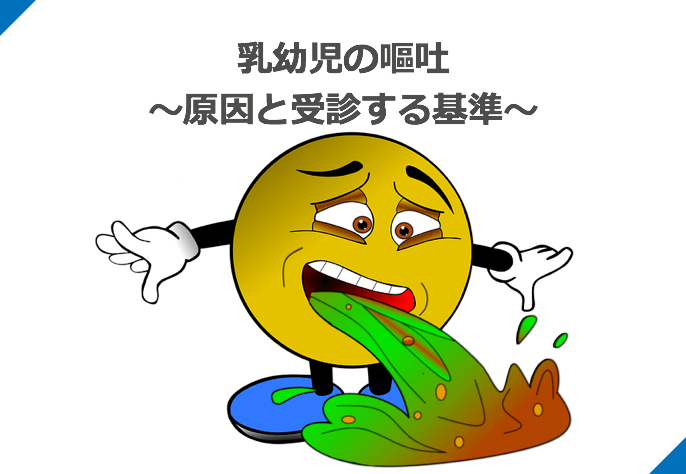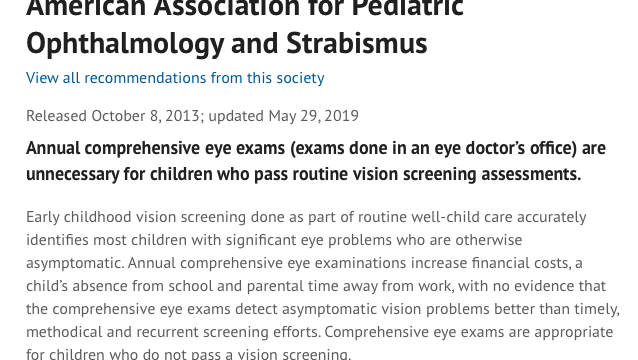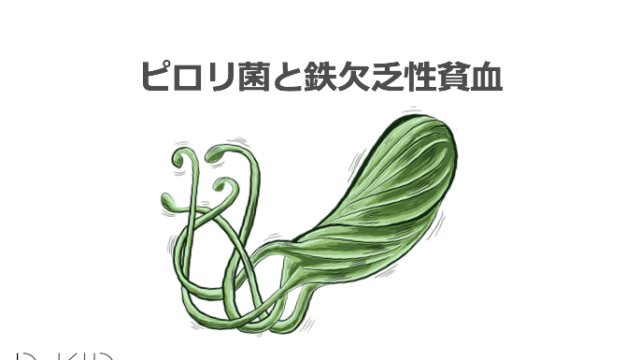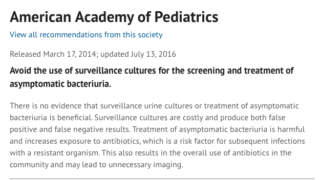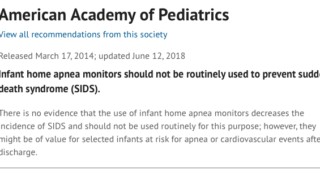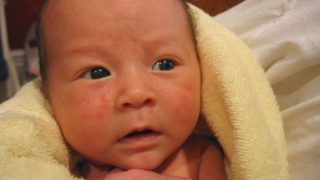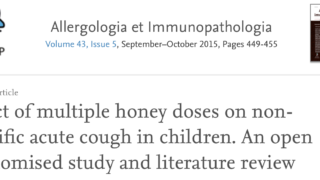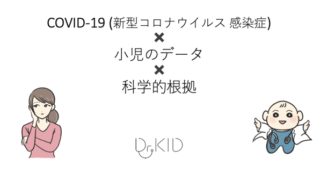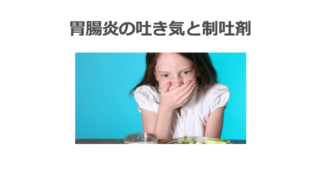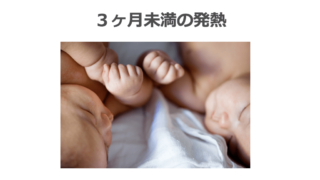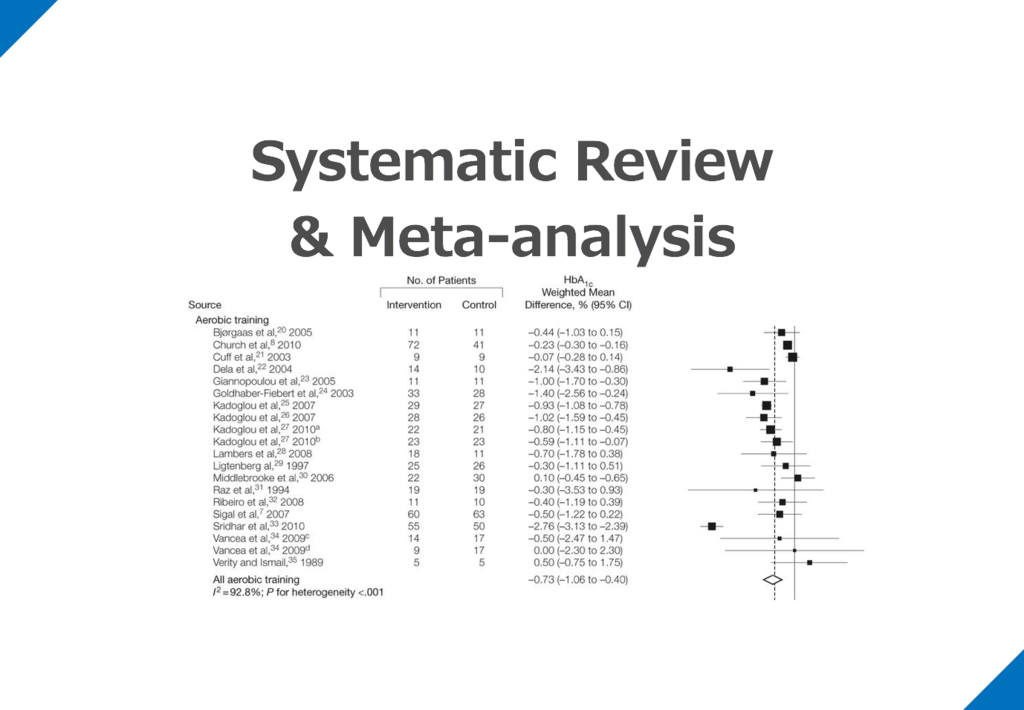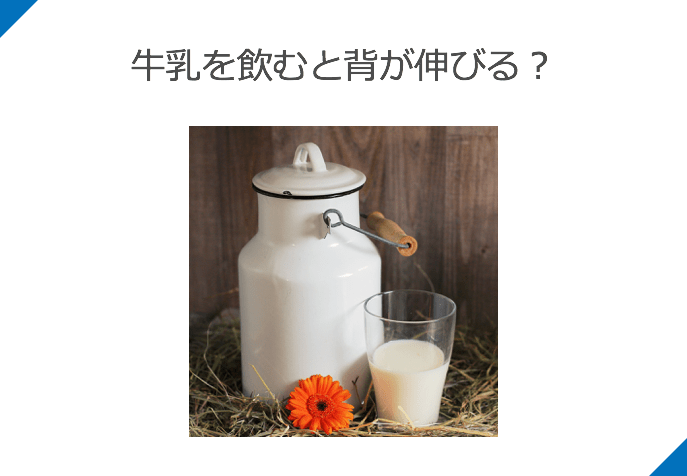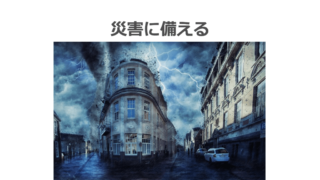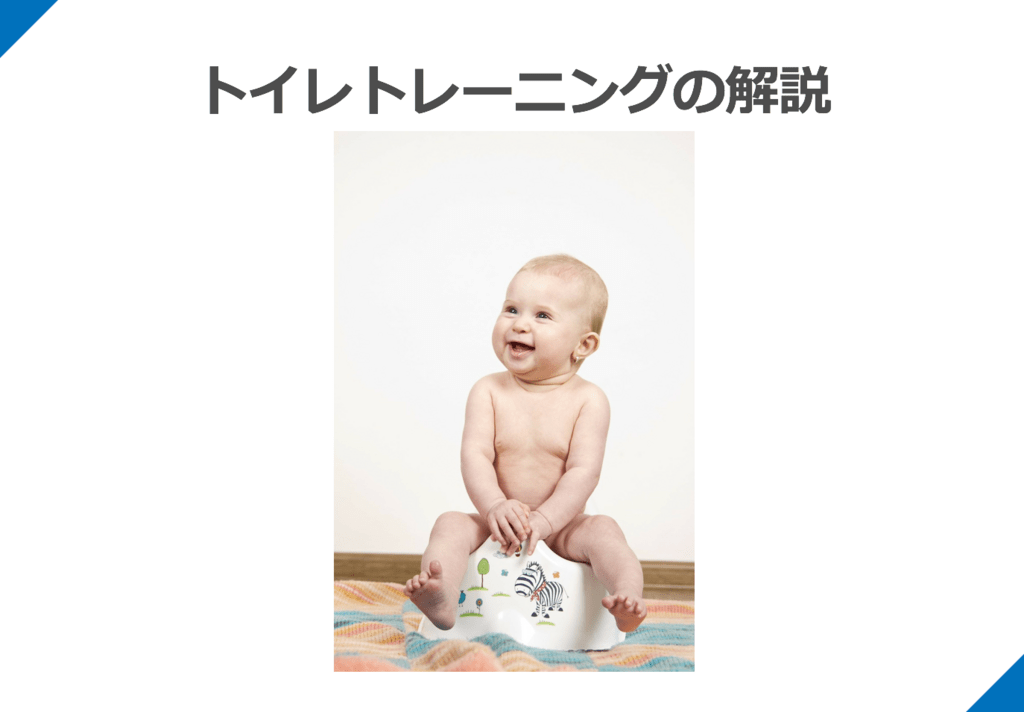今回は、水頭症のシャント不全に関してです。
この推奨を「choosing wisely」ではどのように記載されているのか紹介してみようと思います。
- Choosing wisely:水頭症のシャント不全に関して
- ルーチンでCTを撮影しない
American Academy of NursingからのChoosing Wisely
水頭症の子供のシャント不全の評価に頭部CTをルーチンにオーダーしない。[Choosing wisely]
Don’t routinely order a head CT to assess for shunt failure in children with hydrocephalus.
Computerized tomography (CT) scans have been used for diagnostic imaging for more than 40 years, but it should not be assumed that a head CT is always needed in an evaluation for shunt failure. Because CT is the usual mode of imaging for children with hydrocephalus, these patients have a much higher cumulative radiation exposure than the average population. Children have an increased risk of cancer with exposure to higher cumulative radiation doses. CT scans should be performed only when warranted to reduce exposure to radiation and decrease the risk for radiation induced cancer. Consider using head ultrasounds when there is an open fontanel, or a rapid sequence magnetic resonance imaging (MRI) scan to reduce the amount of ionizing radiation exposure to pediatric patients with a ventricular shunt. A rapid sequence MRI is less expensive than a formal MRI and comparable in costs to CT scan. Because the rapid sequence MRI is quick, sedation is not needed, further reducing costs and medical risks of sedation. A CT scan can be used for emergencies and if the child has implanted metal or a device that is not compatible with an MRI.
水頭症の子供のシャント不全の評価に、頭部CTをルーチンにオーダーしない。
コンピュータ断層撮影(CT)スキャンは40年以上前から画像診断に使用されているが、シャント不全の評価に頭部CTが常に必要であると考えるべきではない。
水頭症の小児の画像診断には通常CTが使用されるため、これらの患者の累積放射線被曝量は平均的な人口よりもはるかに多い。
小児は、より高い累積放射線量にさらされることで、がんのリスクが高まる。
CTスキャンは、放射線被曝を低減し、放射線によるがんのリスクを低減するために、正当な理由がある場合にのみ実施すべきである。
脳室シャントのある小児患者の電離放射線被曝量を低減するために、フォントパネルが開いている場合は頭部超音波検査、またはラピッドシーケンス磁気共鳴画像(MRI)スキャンの使用を検討してください。
ラピッドシーケンスMRIは、正式なMRIよりも安価で、CTスキャンと同等のコストです。
ラピッドシーケンスMRIは短時間で済むため、鎮静剤を必要とせず、コストと鎮静剤による医学的リスクをさらに減らすことができます。
CTスキャンは、緊急の場合や、MRIに対応していない金属や機器を埋め込んでいる場合に使用することができます。
考察と感想
Rapid Sequence MRIは、ultra-fast brainなどと呼ばれていて、VPシャント不全などを迅速に取れる MRIのようですね。自分は使用したことがないので、あまり実感がわかないのが現実です。。。日本でも導入されているのでしょうか。
参考文献も沢山ありました。読んで勉強します:
Tekes A, Jackson EM, Ogborn J, Liang S, Bledsoe M, Durand DJ, Jallo G, & Huisman TAGM. How to reduce head CT orders in children with hydrocephalus using the lean six sigma methodology: experience at a major quaternary care academic children’s center. Am J Neurorad. 2016: jan 21, 2016 as 10.3174/ajnr.A4658.
Brenner D, Elliston C, Hall E, Berdon W. Estimated risks of radiation-induced fatal cancer from pediatric CT. AJR Am J Roentgen 2001:176(2)289-96.
Hall EJ, Brenner DJ. Cancer risks from diagnostic radiology. Br J Radiol 2008;81:362–78.
Miglioretti, DL, Johnson, E, Williams, A, Greenlee, RT, Weinmann, S, Solberg, LI, Feigelson, HS, Roblin, D, Flynn, MJ, Vanneman, N, Smith-Bindman, R. The use of computed tomography in pediatrics and the associated radiation exposure and estimated cancer risk. JAMA Pediatr. 2013;167(8):700-707. doi:10.1001/jamapediatrics.2013.311.
Pearce MS, Salotti JA, Little MP, et al. Radiation exposure from CT scans in childhood and subsequent risk of leukemia and brain tumours: a retrospective cohort study. The Lancet 2012;380:499 – 505.
Ashley WW, McKinstry RC, Leonard JR, Smyth MD, Lee BC, & Park TS. Use of rapid-sequence magnetic resonance imaging for evaluation of hydrocephalus in children. Journal of Neurosurgery: Pediatrics. 2005. Vol. 103(2), 124-130.
O’Neill BR, Pruthi S, Bains H, Robison R, Ojemann J, Ellenbogen R, Avellino A, Browd S. Rapid sequence magnetic resonance imaging in the assessment of children with hydrocephalus. World Neurosurgery, 2013: 80(6), e307-e312.
まとめ
今回は、水頭症のシャント不全に関するchoosing wiselyをご紹介しました。
これ以外にも項目が出ているようなので、コツコツと読んでいこうと思います。
(2025/04/18 15:52:26時点 Amazon調べ-詳細)
Dr. KIDの執筆した書籍・Note
医学書:小児のかぜ薬のエビデンス
小児のかぜ薬のエビデンスについて、システマティックレビューとメタ解析の結果を中心に解説しています。
また、これらの文献の読み方・考え方についても「Lecture」として解説しました。
1冊で2度美味しい本です:
(2025/04/19 05:56:25時点 Amazon調べ-詳細)
小児の診療に関わる医療者に広く読んでいただければと思います。
医学書:小児の抗菌薬のエビデンス
こちらは、私が3年間かかわってきた小児の抗菌薬の適正使用を行なった研究から生まれた書籍です。
日本の小児において、現在の抗菌薬の使用状況の何が問題で、どのようなエビデンスを知れば、実際の診療に変化をもたらせるのかを、小児感染症のエキスパートの先生と一緒に議論しながら生まれた書籍です。
noteもやっています
当ブログの注意点について
当ブログは医療関係者・保護者の方々に、科学的根拠に基づいた医療情報をお届けするのをメインに行なっています。参考にする、勉強会の題材にするなど、個人的な利用や、閉ざされた環境で使用される分には構いません。
一方で、当ブログ記事を題材にして、運営者は寄稿を行なったり書籍の執筆をしています。このため運営者の許可なく、ブログ記事の盗用、剽窃、不適切な引用をしてメディア向けの資料(動画を含む)として使用したり、寄稿をしないようお願いします。
ブログの記載やアイデアを公的に利用されたい場合、お問い合わせ欄から運営者への連絡お願いします。ご協力よろしくお願いします。
